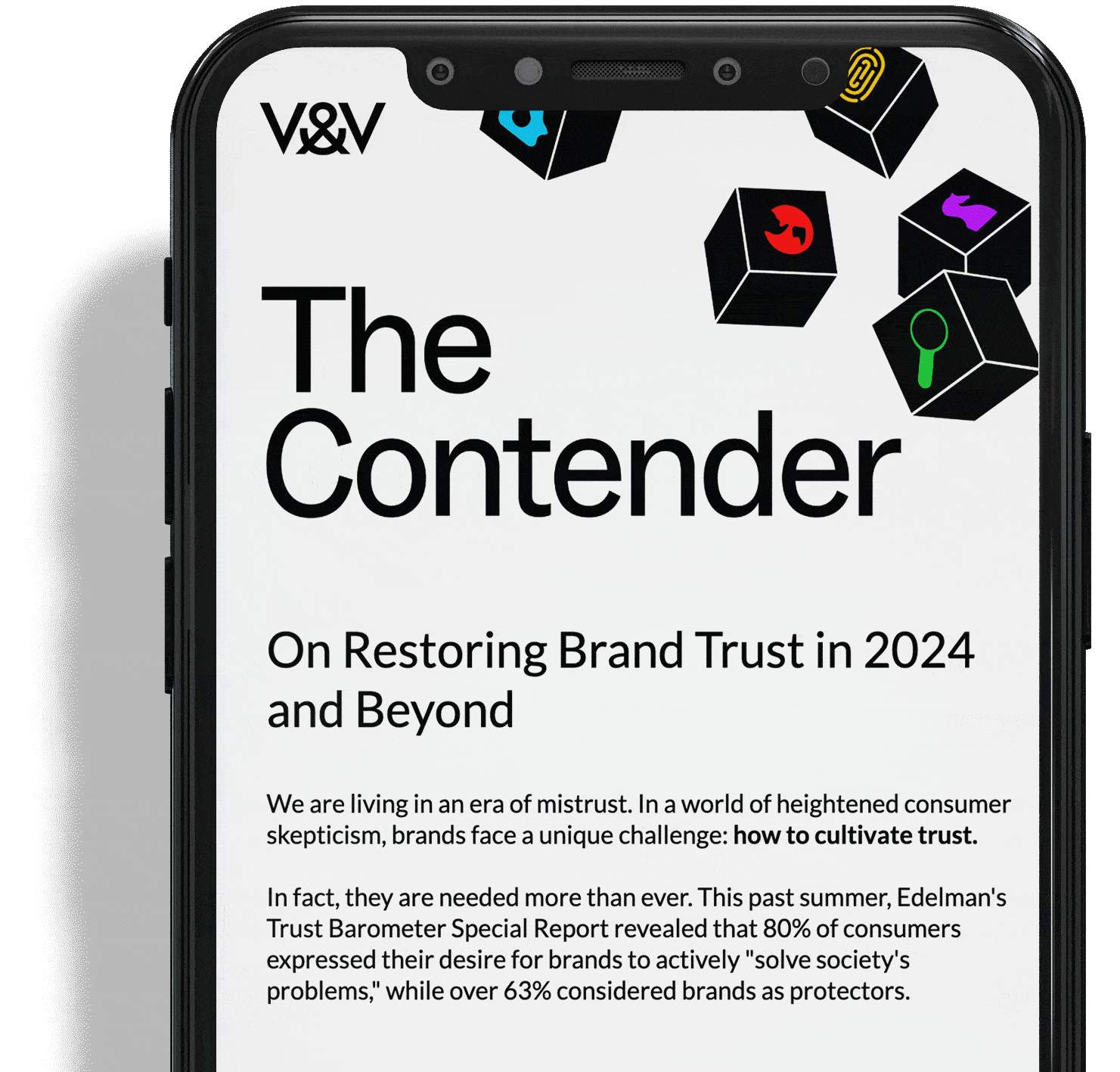It wasn’t changing consumer preferences. And it wasn’t Amazon.
It was misalignment: Between ownership and purpose. Between operations and brand promise. Between short-term extraction and long-term value creation.
Under private equity ownership, Hudson’s Bay wasn’t treated like a brand to build. It was treated like an asset to strip.
Instead of investing in the fundamentals to build the brand with changing consumer preferences, its owners:
- Sold off core real estate for immediate capital gains
- Leased back flagship stores, draining operating budgets
- Cut investment in inventory, staffing, and service
- Prioritized acquisitions (like Neiman Marcus and Saks) over fixing what they had
And the signals were everywhere:
- The escalators broke.
- The shelves emptied.
- The Christmas windows vanished.
- The experience became a shell of itself.
All while short-term returns were optimized on a spreadsheet.
The lesson for Challenger Brands?
Marketing isn't just ads and storytelling. It’s a contract with your customer.And when the customer experience breaks that promise, marketing becomes a lie.
➡️ You can’t market your way out of a misaligned business model.
Even the sharpest campaigns won’t save a company whose operations undermine its promise.
➡️ Mid-tier mediocrity is collapsing.
As one retail analyst said, “If consumers are spending, they want the cheapest product — or something extraordinary.”Challenger Brands must choose: radical affordability or radical differentiation.
➡️ The soul of a brand lives in the customer experience.
If your escalators are broken and changerooms are littered with old clothes, think of what that signals to your audience.
➡️ Not every exit is worth the cost.
The wrong investor can turn a meaningful brand into a hollow asset. Your ownership structure is part of your brand strategy.
[[contact]]
So, what does alignment look like?
Alignment is when your:
✅ Ownership supports long-term vision
✅ Operations deliver on your brand’s promise
✅ Marketing reflects a business built to endure, not extractAt 5&Vine, this is why we push hard on alignment in every strategy we build. Because when purpose, product, and ownership don’t connect — everything else falls apart.














